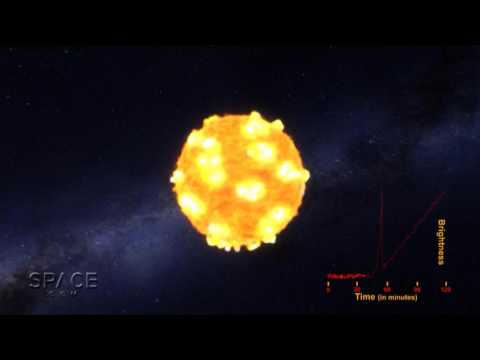Journeying to the Outer Reaches of our Solar System: The Dwarf Planets
The outer reaches of our solar system hold a treasure trove of mysteries and wonders waiting to be discovered. Among these enigmatic objects are the dwarf planets, small celestial bodies that orbit the Sun beyond Neptune. While not as large or well-known as the eight traditional planets, these dwarf planets offer valuable insights into the formation and evolution of our solar system.
One of the most famous dwarf planets is Pluto, which was reclassified as such in 2006 by the International Astronomical Union. Once considered the ninth planet in our solar system, Pluto is now recognized as the largest object in the Kuiper Belt, a region of icy bodies beyond Neptune. In 2015, NASA’s New Horizons spacecraft made a historic flyby of Pluto, providing scientists with the first detailed images of this distant world. The data collected by New Horizons revealed a complex and dynamic surface, with mountains, valleys, and even possible cryovolcanoes.
Another intriguing dwarf planet is Eris, which was discovered in 2005 and is roughly the same size as Pluto. Eris is located in the scattered disc, a region of the outer solar system that contains many small icy bodies. Eris is known for its highly eccentric orbit, which takes it from as close as 38 astronomical units (AU) to as far as 98 AU from the Sun. This extreme distance makes it difficult to study Eris in detail, but astronomers believe that it may have a tenuous atmosphere of methane and nitrogen.
Beyond Eris lies Haumea, a dwarf planet that was discovered in 2004. Haumea is unique in that it has a highly elongated shape, resembling a rugby ball rather than a spherical object. This unusual shape is thought to be the result of a high-speed collision with another object in the distant past. Haumea also has two small moons, Hi’iaka and Namaka, which orbit around it in a complex dance.
Other dwarf planets in the outer solar system include Makemake, Quaoar, and Sedna, each of which has its own distinctive characteristics and mysteries waiting to be unraveled. These dwarf planets offer valuable insights into the formation and evolution of our solar system, shedding light on the processes that shaped the planets we know today.
As we continue to explore the outer reaches of our solar system, the dwarf planets will play a crucial role in expanding our understanding of the cosmos. By studying these small but significant objects, astronomers can piece together the puzzle of how our solar system came to be and what lies beyond the familiar planets that orbit the Sun. The journey to the dwarf planets is just beginning, and the discoveries that await us are sure to be awe-inspiring and transformative.













